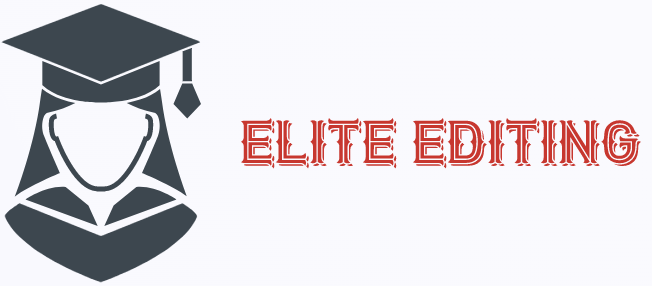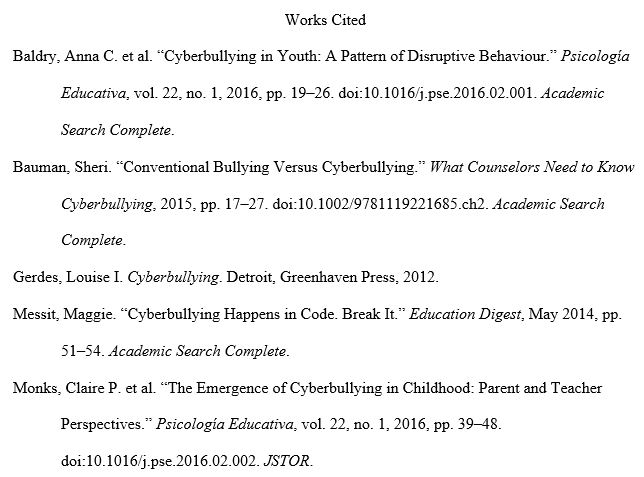How to cite a journal article correctly depends on the type of journal you are using. A journal is generally cited with its title and volume, but it can also be cited with its special issue name. Include the issue name and the names of the editors and contributors. Then, list the names of the contributors and editors of the special issue. If the journal is online, it should be cited with the issue number and volume.
Inverted first author’s name
Inverted first author’s name when referencing a journal article is an important formatting rule to follow when citing a journal article. Unless there are two authors, a single author’s name should be listed in a first-author-last-name format. You should also capitalize the first author’s last name in the citation. However, if you only have one author, invert the second author’s name as opposed to using ‘J.L.,’ for instance.
MLA format also requires inverted first author’s name for sources containing multiple authors. Inverted first author’s name is appropriate only for journal articles that do not have a specific author. For these sources, students should use the journal title. Using title case when citing a journal article is not a common writing style. This style is primarily intended to be reader-friendly.
Object Identifier (DOI)
A digital object identifier, or DOI, is a unique string of numbers, symbols, or letters that uniquely identifies a particular article or ebook. The International DOI Foundation created the system in 1998, but it wasn’t immediately adopted by publishers, with the exception of Elsevier. DOIs appear on the first page of an electronic journal article, usually near the copyright notice. They can also be found on databases’ landing pages.
Journal articles have different formatting requirements than other types of articles and periodicals. Many articles are written by experts for other experts. They are often difficult to read, and can contain jargon and complex language. However, they are a great source for in-depth information about a particular topic. In addition, MLA guidelines recommend citing articles in journal format instead of citations in APA style.
Volume vs issue of a journal
There are many reasons why you might want to know the difference between a volume and an issue of a journal. Volumes are numbered annually and include each year’s publication while issues are numbered each month and can range from one to many issues within a year. Scholars and researchers need to know this information because citing the correct volume or issue is important for citations. To make citations easier, follow these steps:
The first thing to remember about volume vs issue of a journal is that you should always try to find both the issue and volume numbers of the journal. However, sometimes this information is not available. If you don’t have the information, just skip it. This will result in something like 2008;178(1):9-16. However, you’ll still use the colon in front of the page numbers. This way, you’ll avoid confusion and ensure that your readers will always find the information they need.
Page number
You should follow the MLA style of citing journal articles when writing a paper. There are a few general rules that should be followed when citing a journal article, which are outlined in the MLA 8th edition handbook. First, you need to remember that journal articles are usually part of a larger source, or container. The container is a descriptive term used to describe the work itself. It could be a single work or several. In that case, you will need to answer questions related to the type of container the work belongs to.
When citing a journal article, you should include the name of the journal and issue. If the article is part of a larger source, it is important to include the name of the journal and the issue number. If the source is online, you should also include the volume and issue number. For print articles, page numbers should be given as a single page range or full range.

